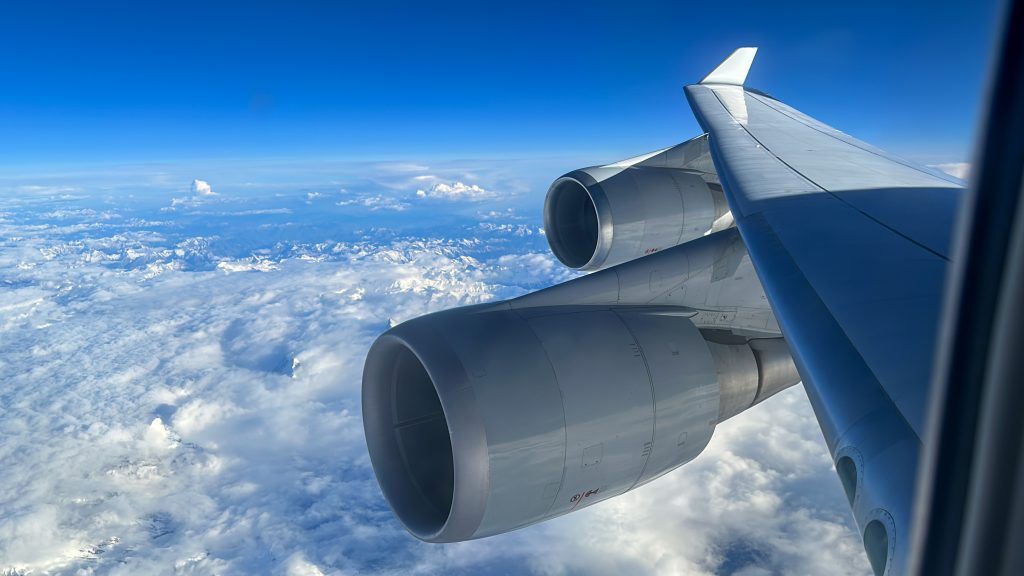One side of the story is that CanAm, as a “new” airline is not permitted to operate twin-engine aircraft over long distances over water according to the ETOPS-regulations, which officially is “a safety measure intended to ensure that in the event of a single engine failure, an aircraft will still be able to reach a diversion airport using the remaining operational engine. This may be at a reduced speed and/or height, and usually applies to flights over water or remote lands, typically routes previously restricted to three- and four-engine aircraft.”
So, since for CanAm long flights over water will be the standard operating mode, as our home base is located in the “middle of the Atlantic Ocean” and this does not apply for four-engine aircraft, we are required to use aircraft with four engines only.
Which we, as CanAm, had intended to do right from the beginning, since there are many upsides for us for as an airline. -Namely the peace of mind of not having to divert to the next airport in range in case of an engine problem. Which would be associated with a layover for our passengers, a reserve aircraft having to be dispatched to the diversion port and many other costly hassles.

Boeing 747-400 with GE CF6-80C2B1F engines
For you as a passenger, flying on an aircraft with four engines is the comfort of arriving at your destination in any case; -even with one engine inoperative. And almost on time, so you won’t even feel that an engine was inoperatve!
Which is actually what is also we mean when saying “peace of mind” at CanAm,
-and it’s actually the peace of mind you feel throughout your trip!